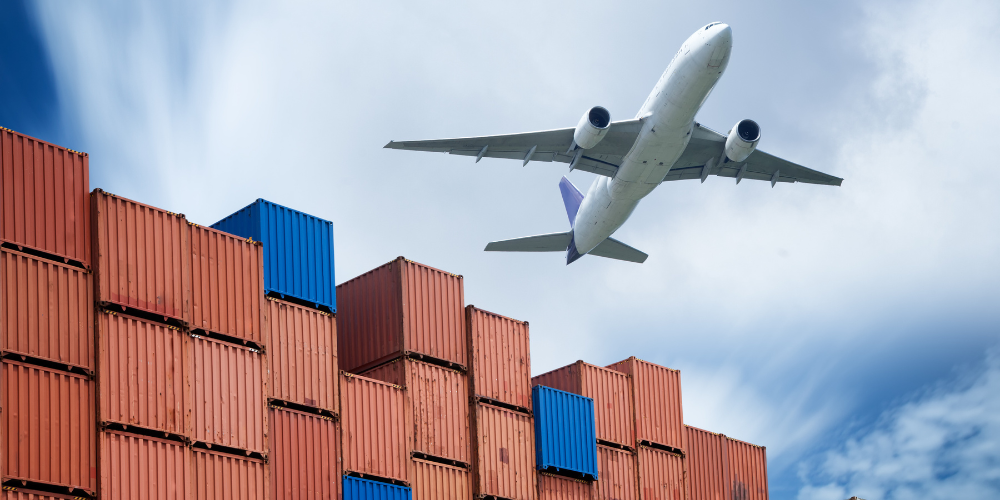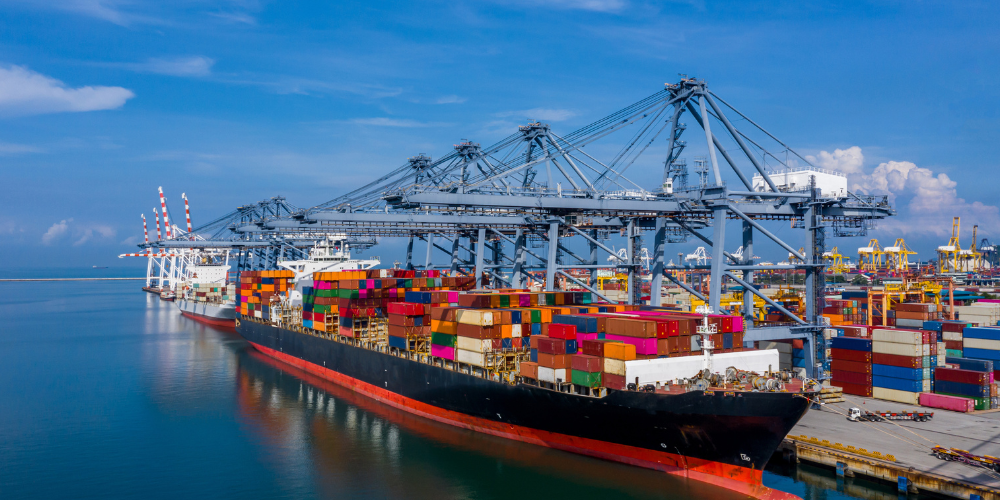As a global transportation consultant, I understand the challenges that supply chain professionals face when it comes to transportation. One of the most significant challenges is managing lane volume.
Lane volume refers to the amount of traffic on a particular transportation lane. This can include roadways, railways, waterways, and airways. Managing lane volume is critical for supply chain professionals because it can impact the efficiency and cost of transportation.
When a lane has a high volume of traffic, it can lead to congestion, delays, and increased costs. For example, if a trucking company is transporting goods from one city to another and encounters heavy traffic, it can take longer to deliver the goods, resulting in higher transportation costs. This can also impact the delivery schedule, which can cause disruptions in the supply chain.
To manage lane volume effectively, supply chain professionals should consider the following strategies:
Use technology: Transportation management systems (TMS) can help companies manage lane volume by providing real-time data on traffic conditions and route options. This can help drivers avoid congested areas and select the most efficient routes.
Diversify transportation modes: Supply chain professionals can consider using different modes of transportation to manage lane volume. For example, if a particular roadway is congested, goods can be transported by rail or air instead.
Collaborate with partners: Collaboration with partners such as carriers, logistics providers, and shippers can help manage lane volume by sharing data on traffic conditions and coordinating shipments.
Plan ahead: Supply chain professionals can plan ahead by anticipating traffic patterns and scheduling shipments during off-peak hours. This can help reduce the impact of lane volume on transportation efficiency and cost.
In addition to these strategies, supply chain professionals should also monitor and analyze lane volume data regularly. This can help identify trends and patterns in traffic volume, which can inform future transportation planning and decision-making.
In conclusion, managing lane volume is a critical aspect of transportation for supply chain professionals. By using technology, diversifying transportation modes, collaborating with partners, and planning ahead, supply chain professionals can effectively manage lane volume and minimize the impact on transportation efficiency and cost.
Supply Chain & Procurement Programs from Fhyzics:
Certified Supply Chain Professional (CSCP)
Certified in Planning and Inventory Management (CPIM)
Certified in Logistics, Transportation and Distribution (CLTD)
Certified Inventory Optimization Professional (CIOP)
Certified Professional in Sourcing Excellence (CPSE)
Certificate in Supply and Operations, CIPS Level-2
Advanced Certificate in Procurement and Supply Operations, CIPS Level-3
Diploma in Procurement and Supply, CIPS Level-4
Advanced Diploma in Procurement and Supply, CIPS Level-5
Professional Diploma in Procurement and Supply, CIPS Level-6





